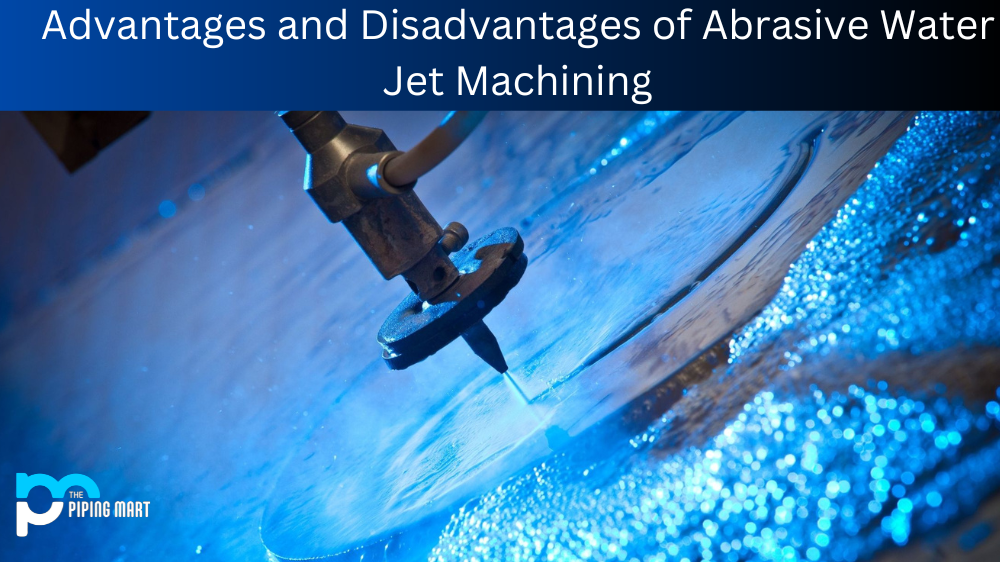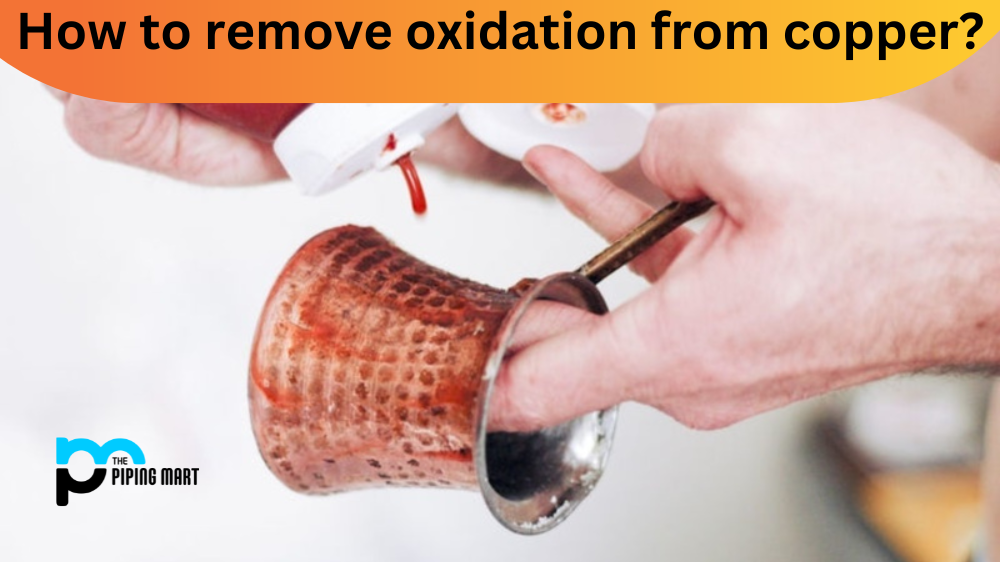Abrasive water jet machining (AWJM) is a process that uses high-pressure water jets to cut and shape materials. This type of machining has been used in many industries, including aerospace, automotive, and medical manufacturing, for over four decades. It offers several advantages over traditional machining processes, such as the ability to make intricate cuts in a variety of hard materials. However, AWJM also has some drawbacks that must be considered when deciding whether it is the right choice for a particular application. Let’s look at the pros and cons of abrasive water jet machining.
Advantages of AWJM
One of the primary advantages of AWJM is its versatility; it can be used on almost any material, including metals, composites, ceramics, plastics, rubbers and glass. AWJM can create intricate shapes with very tight tolerances – even up to 0.001 inches –and produces no heat-affected zones, so there is no risk of warping or distortion during the cutting process. Additionally, because AWJM does not depend on physical contact between the tool and the material being cut, there is less wear and tear on both, which results in longer tool life and less downtime for maintenance or replacement. Finally, because AWJM requires little setup time compared to other machining processes, it can often be completed much faster than traditional methods making it an ideal choice for quick turnaround projects with tight deadlines.
- Abrasive water jet machining (AWJM) is a process that uses high-pressure water jets to cut materials.
- AWJM is an alternative to traditional machining processes, such as milling, drilling, and grinding.
- AWJM can be used on various materials, including metals, plastics, glass, and stone.
- AWJM is a versatile process used for various applications, including cutting, shaping, and engraving.
- AWJM is a precise process that can produce intricate designs and patterns.
Disadvantages of AWJM
On the downside, AWJM can be quite expensive due to its reliance on specialized equipment and highly-trained personnel. Additionally, this process produces a large amount of waste material in the form of slurry, which needs to be collected and disposed of properly; this adds time and cost to each job. Finally, while AWJM can produce precise cuts with tight tolerances, it may only sometimes be feasible in certain applications due to its limited depth of cut capabilities; for deeper cuts, another method may need to be used instead.
High initial cost
One of the primary disadvantages of abrasive water jet machining is the high initial cost. The machines are quite expensive, and the abrasive materials used in the process can also be quite costly. Additionally, the machines require regular maintenance and replacement of parts, which can add to the overall cost.
Limited material compatibility
Another disadvantage of abrasive water jet machining is that it is only compatible with certain materials. The process cannot be used on metals or plastics, and it is only effective on materials that are relatively soft and non-abrasive. As a result, the range of materials that can be machined using this process could be much higher.
Limited precision
Abrasive water jet machining is generally less precise than other machining processes. The process relies on a high-pressure stream of water to remove material from a workpiece, which can lead to uneven edges and surfaces. Additionally, the abrasive particles in the water stream can cause wear on the machine parts, which can lead to further inaccuracies.
Safety concerns
Another disadvantage of abrasive water jet machining is that it can pose safety risks to workers and equipment. The high-pressure stream of water used in the process can be dangerous if it comes into contact with the skin. The abrasive particles in the water can damage the eyes and respiratory organs if inhaled. Additionally, the machines can be quite dangerous if they are not properly maintained or operated.
Conclusion:
So should you use abrasive water jet machining? The answer depends on your specific application. Suppose you need precision cuts with tight tolerances. In that case, this process could be an ideal choice but keep in mind its limitations regarding the depth of cut and its higher cost compared to other methods before making a decision either way. For more information about how abrasive water jet machining could benefit your project, please get in touch with us today!

Meet Bhavesh, a seasoned blogger with a wealth of knowledge and experience. From metal products manufacturing to retail, Bhavesh has a diverse background in various industries and is dedicated to sharing his insights and expertise with readers.




